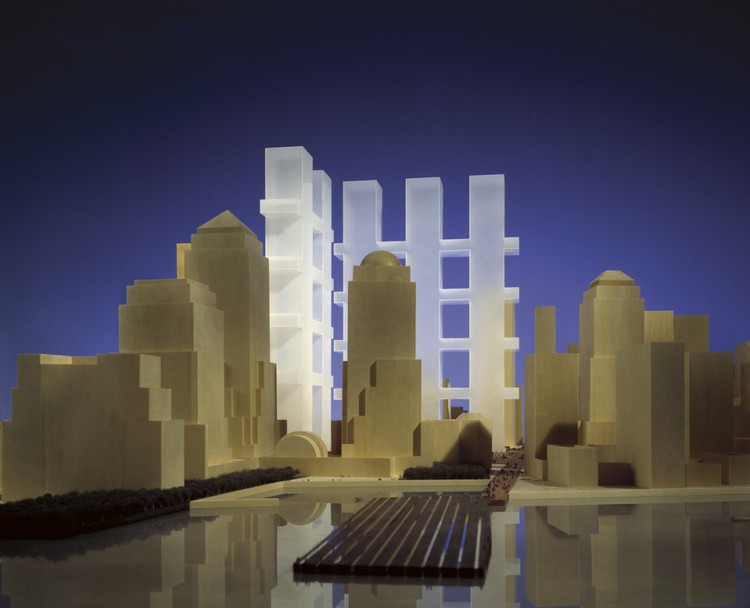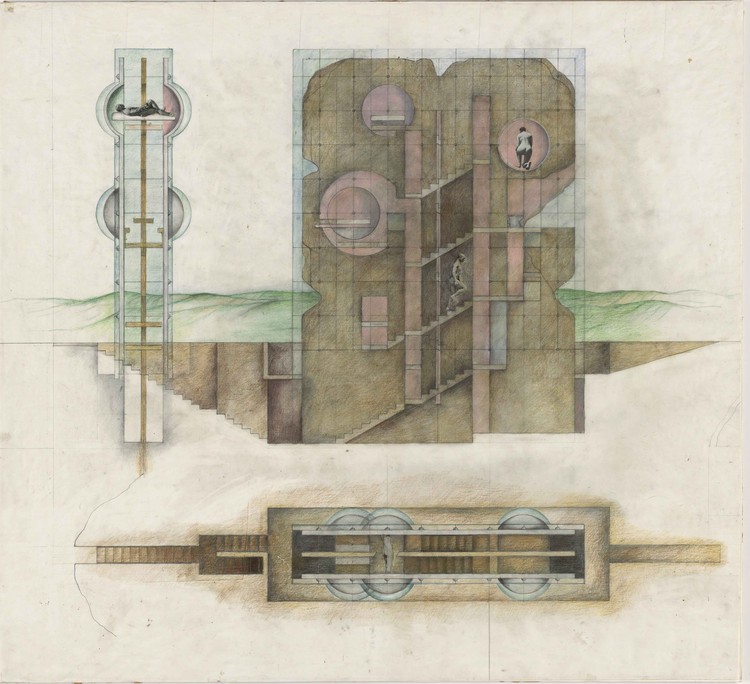
MoMA P.S.1 has announced five finalists to compete in the 2016 Young Architects Program (YAP). Now in it’s 16th edition, the competition will challenge a group of emerging architects to design a temporary installation within the walls of the P.S.1 courtyard for MoMA’s annual summer “Warm-Up” series.
The 2016 shortlist includes First Office / Andrew Atwood + Anna Neimark (Los Angeles, CA); ESCOBEDO + SOLIZ / Lazbent Pavel Escobedo Amaral + Andres Soliz Paz (Mexico City, Mexico); ULTRAMODERNE / Yasmin Vobis + Aaron Forrest (Providence, RI); COBALT OFFICE / Andrew Colopy and Robert Booth (Houston, TX); and Frida Escobedo (Anzures, Mexico). The winners will be announced in early 2016.
Previous winners include COSMO (Andrés Jaque), The Living (Hy-Fi), CODA (Party Wall), Interboro Partners (Holding Pattern), Work AC (Public Farm 1), MOS (Afterparty) and SO-IL (Pole Dance).


































